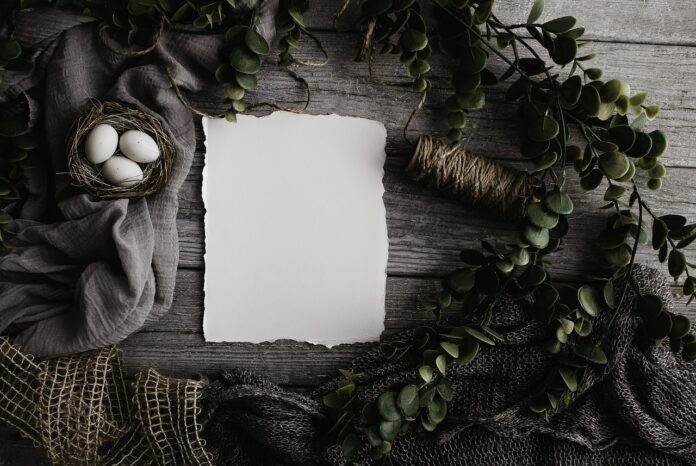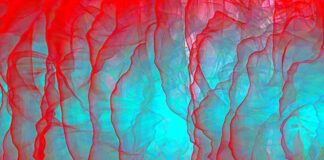Hanfu, the epitome of traditional Chinese attire, is a captivating reflection of China’s rich cultural heritage. Rooted in history, Hanfu encompasses a diverse range of clothing styles worn by the Han ethnic group throughout various dynasties. This attire carries deep symbolic meanings and showcases the aesthetic values, social norms, and historical evolution of China. Hanfu holds an esteemed position as more than just clothing; it’s a tangible connection to the past, a representation of identity, and a growing cultural movement.
Key Elements of Hanfu:
1. Historical Significance: Hanfu’s history spans millennia, tracing its roots back to ancient China. The clothing styles and designs have evolved across different dynasties, reflecting the changing sociopolitical landscape of China.
2. Global Awareness: Hanfu’s global presence has grown through social media and cultural events, fostering cross-cultural understanding and appreciation.
3. Variety of Styles: Hanfu is not a single style but rather a category that encompasses various garments, each with unique characteristics. Examples include the Ruqun, a two-piece ensemble, and the Shan, a gown-like attire.
4. Symbolic Colors: Colors within Hanfu are deeply symbolic. Traditional color associations, such as red for good fortune and yellow for royalty, add layers of meaning to the attire.
5. Ceremonial and Everyday Wear: Hanfu was once worn as daily attire and for special occasions. It is often associated with Confucian ideals of etiquette and propriety.
6.Influence on East Asian Fashion: Hanfu’s influence has reached neighboring countries like Japan and Korea, leaving a lasting impact on their traditional clothing styles.
7. Revival Movement: In recent years, there has been a resurgence in interest and a revival movement surrounding Hanfu. Enthusiasts seek to reconnect with their cultural heritage by wearing Hanfu and participating in related activities.
8. Cultural Identity: For many, Hanfu represents a way to express Chinese cultural identity proudly. It’s not just a fashion choice but a statement of cultural belonging.
9. Modern Adaptations: While traditional Hanfu remains important, modern adaptations blend historical elements with contemporary fashion, making it more accessible and relevant to today’s world.
10. Challenges and Controversies: The Hanfu revival has also faced challenges, including debates over historical accuracy and concerns about cultural appropriation.
The resurgence of Hanfu in contemporary society signifies more than a mere fashion trend; it represents a desire to reconnect with China’s ancient cultural roots. With its historical significance, diverse styles, and the values it embodies, Hanfu encapsulates the essence of China’s rich heritage. Whether worn as a tribute to tradition or as a modern statement, Hanfu bridges the gap between the past and the present, ensuring that its legacy continues to flourish.
Hanfu, an embodiment of China’s profound cultural history, is a captivating ensemble that has captured the imagination of people worldwide. This traditional Chinese attire, adorned by the Han ethnic group, is a testament to the evolution of fashion, societal norms, and aesthetics across various dynasties. Beyond its visual appeal, Hanfu holds cultural significance that resonates with identity, heritage, and a movement to revive ancient traditions. Delving deeper into the world of Hanfu reveals its multifaceted nature and the stories it weaves through time.
Historical Tapestry:
At the core of Hanfu lies a rich tapestry of history, woven through the fabric of centuries. Its origins can be traced back to the Shang and Zhou dynasties (16th to 2nd centuries BCE), with its style evolving over time in response to changing political, social, and cultural landscapes. Hanfu encompasses a wide range of attire, from the flowing robes of the Tang dynasty to the intricate garments of the Ming dynasty, each reflecting the era’s values and aesthetics.
Styles that Speak:
Hanfu is not a monolithic attire but a diverse collection of styles, each with its distinctive characteristics. One of the most recognizable is the Ruqun, a two-piece attire consisting of a blouse-like upper garment and a skirt-like lower piece. The Ruqun was the quintessential Hanfu style during the Han and Tang dynasties. In contrast, the Shan, a more robe-like garment, was prominent during the Ming and Qing dynasties. Each style carries its own story and significance, revealing the nuances of Chinese culture.
Colors of Symbolism:
Colors within Hanfu are far from arbitrary; they carry deep symbolic meanings that resonate with cultural beliefs. Red, often associated with luck and celebration, is a popular choice for festive occasions like weddings. Yellow, representing imperial power, was reserved for the emperor. Black symbolized solemnity, while white was connected to mourning. By donning specific colors, wearers conveyed their intentions and emotions, adding layers of communication to the attire.
Everyday Elegance and Ceremonial Splendor:
Hanfu wasn’t solely reserved for grand ceremonies; it was also the attire of choice for daily life. The clothing’s adaptability and comfort made it suitable for various activities. However, Hanfu truly shone during significant events like weddings, coming-of-age ceremonies, and official functions. The attire was not just a visual spectacle but also a representation of societal values and respect for tradition.
Global Influence and Revival:
Hanfu’s influence extends beyond Chinese borders. The attire’s aesthetic has left an indelible mark on the traditional clothing of neighboring countries such as Korea, Japan, and Vietnam. This cross-cultural exchange underscores the interconnectedness of East Asian cultures.
In recent decades, a remarkable resurgence of Hanfu has taken place. Enthusiasts, often referred to as “Hanfu revivalists,” are fervently bringing this ancient attire back into contemporary consciousness. Festivals, gatherings, and online communities have emerged, providing platforms for people to embrace Hanfu and its cultural significance. The revival movement is not merely about wearing historical clothing but also about fostering a deeper connection with China’s past and preserving a tangible link to tradition.
Cultural Identity and Expression:
Hanfu enthusiasts find in this attire a means to express their cultural identity. In a world shaped by globalization, where cultures intermingle, Hanfu serves as a distinctive emblem of Chinese heritage. For many, adorning Hanfu isn’t merely an act of fashion but a declaration of cultural pride.
Modern Adaptations and Creativity:
While Hanfu revivalists seek to honor tradition, they also embrace creativity and innovation. Modern adaptations of Hanfu blend historical elements with contemporary fashion sensibilities. This fusion makes Hanfu more accessible to a broader audience, allowing individuals to incorporate elements of this timeless attire into their personal style.
Navigating Challenges and Controversies:
The Hanfu revival is not without its challenges. Debates arise about historical accuracy, as different dynasties had various clothing styles. The controversy also extends to issues of cultural appropriation, especially when Hanfu is adopted by individuals outside of Chinese culture. Striking a balance between appreciating cultural heritage and respecting its context is an ongoing conversation.
Global Awareness and Cultural Exchange:
The advent of social media has propelled Hanfu into the global spotlight. Images of intricately designed Hanfu ensembles, worn against both traditional and modern backdrops, circulate widely. This visibility fosters cultural exchange and understanding, allowing people from different corners of the world to engage with China’s cultural legacy.
In conclusion, Hanfu is more than a fashion statement; it’s a living embodiment of China’s rich cultural tapestry. Its evolution, symbolism, and revival movement weave a narrative that transcends time and space. Hanfu represents a bridge between history and the present, a link that allows individuals to embrace their heritage while celebrating their place in the modern world. As this traditional attire finds new life in contemporary contexts, it continues to honor the past and inspire future generations.














